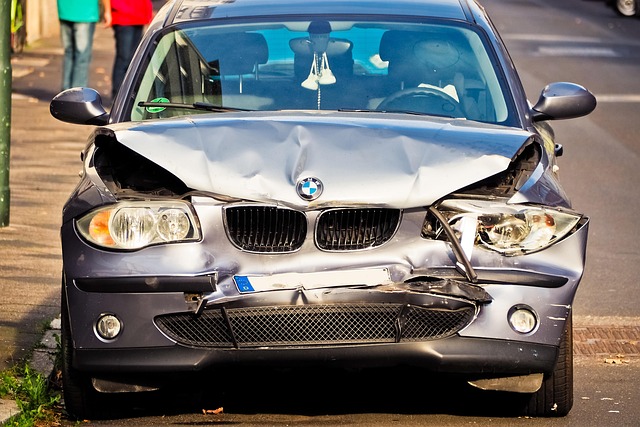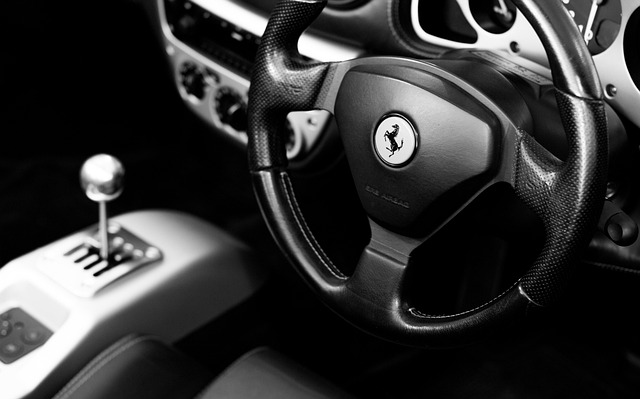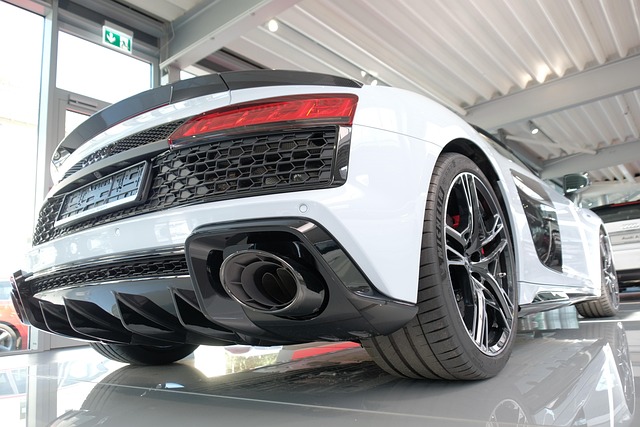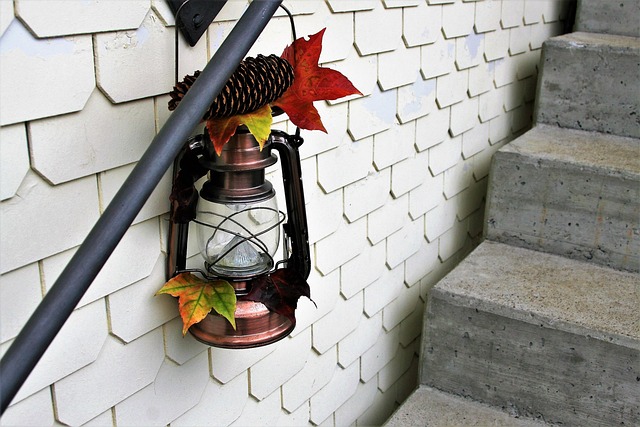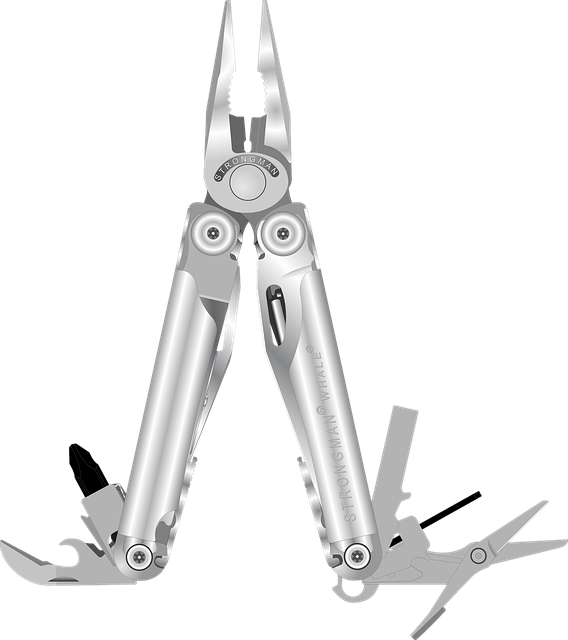OEM glass replacement ensures vehicle safety and aesthetics by installing factory-original components that maintain precise specifications and quality standards. Accurately identifying vehicle make, model, and year is crucial for a proper fit, while modern OEM glass offers advanced features like anti-reflective coatings and noise reduction. Choosing the right OEM parts from reputable sources, researching fitment using online tools, and considering professional installation are key steps for successful car restoration or collision repair.
Looking to replace your vehicle’s windshield or windows with genuine OEM parts? This comprehensive beginner’s guide is your go-to resource. We’ll walk you through understanding the basics of OEM glass replacement, factoring in essential considerations like compatibility and quality, and provide a step-by-step installation process. By the end, you’ll be equipped to make informed decisions and ensure your vehicle stays safe and secure with top-notch OEM glass replacement parts.
- Understanding OEM Glass Replacement: The Basics
- Factors to Consider When Selecting OEM Glass
- Step-by-Step Guide to Choosing and Installing OEM Glass Replacement Parts
Understanding OEM Glass Replacement: The Basics
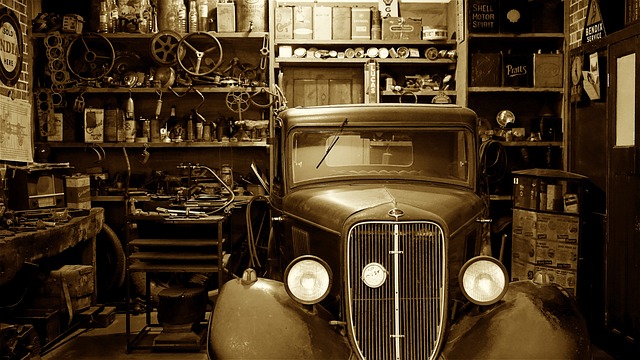
Understanding OEM Glass Replacement: The Basics
OEM glass replacement refers to the process of installing factory-original glass components into a vehicle. This is in contrast to aftermarket or third-party glass, which may not precisely match the original specifications and quality standards set by the automaker. When it comes to choosing OEM glass for your car body shop services, it’s crucial to understand that these glasses are designed, engineered, and tested to meet specific performance criteria for each vehicle model. This ensures a seamless fit, superior structural integrity, and optimal visibility.
OEM glass plays a significant role in the overall safety and aesthetic appeal of your car. From windshields to side windows and rearview mirrors, each piece serves a critical function. For instance, a high-quality windshield not only provides clear visibility but also helps absorb the impact energy during accidents, protecting both passengers and the vehicle’s structure. Moreover, when considering bumper repair or other body shop services that involve glass replacement, selecting OEM parts guarantees compatibility with your car’s design and ensures a durable, long-lasting solution.
Factors to Consider When Selecting OEM Glass
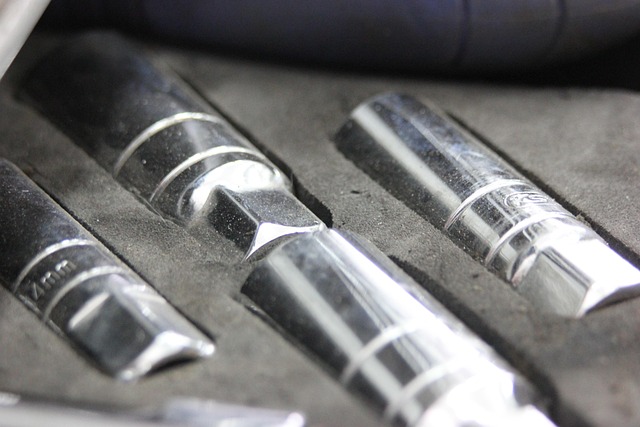
When selecting OEM (Original Equipment Manufacturer) glass for replacement, several key factors come into play to ensure you get the best fit and quality. The first step is to determine the specific make, model, and year of your vehicle, as OEM glasses are designed with these details in mind. This precision match guarantees not just visual similarity but also structural integrity, aligning perfectly with your car’s frame and ensuring safety.
Furthermore, consider the type of glass required—windshield, window, or mirror—and its intended function. Modern OEM glass often includes advanced features such as anti-reflective coatings for improved visibility, heat control to reduce interior temperature, and even noise-reducing properties. Additionally, checking the manufacturer’s warranty and understanding the aftercare options for the glass replacement can offer peace of mind, especially when dealing with potential issues like chips or cracks down the line, enhancing both your driving experience and auto bodywork aesthetics.
Step-by-Step Guide to Choosing and Installing OEM Glass Replacement Parts
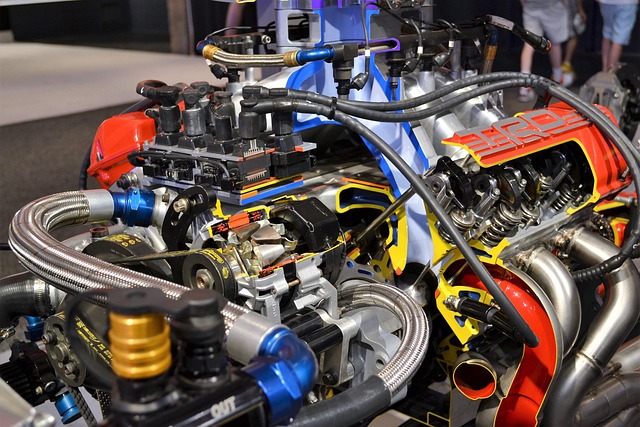
Choosing the right OEM (Original Equipment Manufacturer) glass replacement parts is crucial for a seamless car restoration or efficient collision repair. Here’s a step-by-step guide to ensure you make informed decisions:
1. Assess Your Needs: Begin by identifying the specific glass component that needs replacing in your car body repair. Whether it’s a window, windshield, or mirror, understanding the exact piece will direct your search for the appropriate OEM part.
2. Research and Compare: Explore reputable online sources or visit local collision repair centers to find OEM glass replacement parts. Ensure you compare different brands and models, checking compatibility with your vehicle year and make. Look for certified and high-quality products to guarantee durability.
3. Check Fitment and Quality: Verify the part’s fitment by comparing it with your existing glass or using online tools provided by manufacturers. OEM parts are designed specifically for a precise fit, ensuring they blend seamlessly with your car’s design. Examine product reviews and ratings to gauge quality and customer satisfaction.
4. Purchase and Installation: Once you’ve selected the ideal OEM glass replacement, acquire it from trusted sources. Professional installation is recommended, especially for complex tasks like windshields, as specialized tools and expertise are required. Many collision repair centers offer this service, ensuring a safe and secure fit.
Choosing the right OEM glass replacement parts is a crucial step in ensuring your vehicle’s safety and performance. By understanding the basics of OEM glass, considering key factors such as quality, fitment, and brand reputation, and following a comprehensive selection guide, beginners can confidently navigate this process. With the right knowledge and approach, you’ll be able to install high-quality OEM glass replacement parts that match your vehicle’s standards, enhancing both its functionality and aesthetics.




